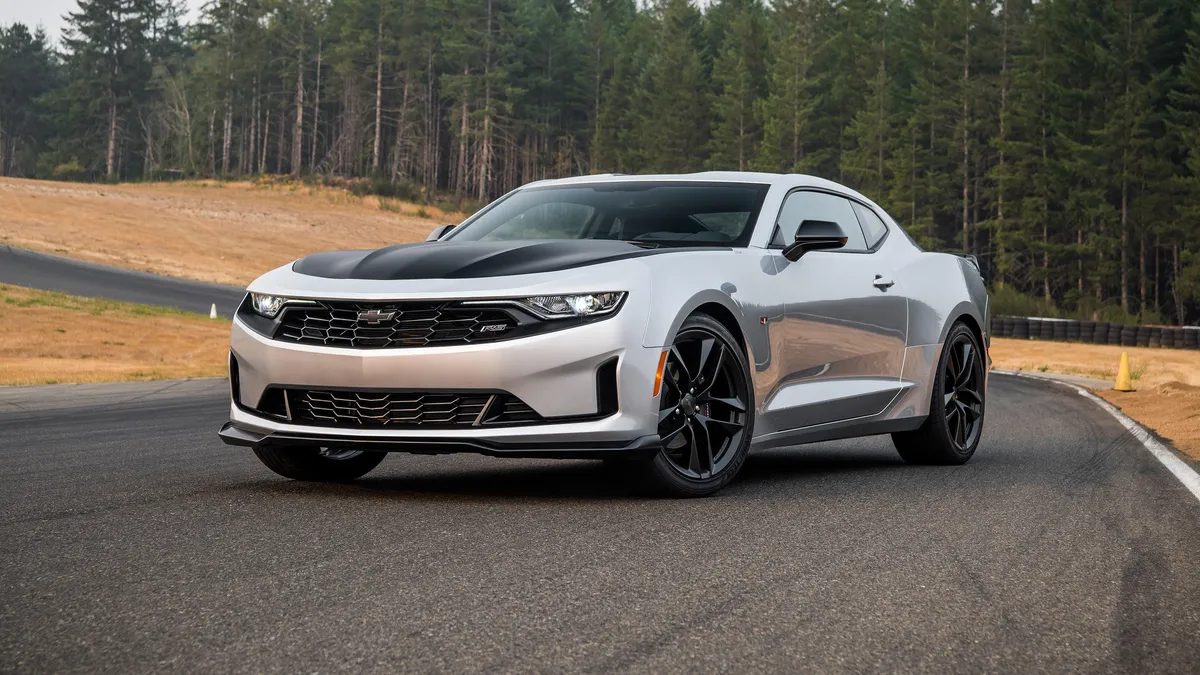The center console in a vehicle is often considered one of the most crucial elements of interior design, blending functionality with aesthetics to support both the driver and passengers.
As technology and consumer needs evolve, so too do the designs of center consoles, shifting from simple storage spaces to sophisticated hubs for connectivity, organization, and comfort.
For car manufacturers, the center console has become more than just a place to store personal items or place a cup of coffee; it serves as the focal point for many essential features, such as infotainment controls, USB ports, wireless charging stations, and ergonomic armrests.
The design of a center console can significantly impact the driving experience, enhancing convenience, accessibility, and comfort, while also reflecting a car’s design philosophy and technological innovations.
Over the years, there has been a noticeable trend toward integrating more advanced features into the center console, particularly in higher-end models.
Features like built-in touchscreens, wireless charging pads, and customizable storage compartments are becoming the norm, aiming to simplify the driving experience and create an organized, clutter-free environment. However, with these innovations come some challenges.
Not all vehicles have been successful in striking a balance between adding technology and maintaining user-friendly, practical storage. The layout of a center console can often become overcrowded or poorly positioned, leading to discomfort and frustration for the driver and passengers alike.
On the other hand, vehicles that excel in this area provide a center console that is intuitive, spacious, and well-integrated, enhancing the usability of the vehicle.
Thoughtful design choices such as accessible cup holders, ample storage space for personal items, and the strategic placement of controls can elevate a car’s interior experience.
Whether you are a daily commuter, a family chauffeur, or someone who spends long hours on the road, a functional center console becomes an essential part of your interaction with the vehicle.
As we explore the role of center consoles, it’s important to note that the needs and expectations of consumers vary widely based on their driving habits, lifestyle, and the kind of vehicle they choose. Some might prioritize luxury and advanced features, while others may seek practicality, durability, and ease of use.
Understanding the balance between these factors is key to determining whether a vehicle’s center console is a functional asset or an overwhelming clutter zone.
Also Read: 10 Compact Cars With Back Seats Better Than Midsize Sedans
5 Cars With Functional Center Consoles

1. Honda CR-V (2023)
Honda has earned its reputation for crafting vehicles that emphasize utility and comfort, and the 2023 CR-V exemplifies this ethos, particularly when it comes to interior ergonomics. The center console in the CR-V is a standout feature that balances simplicity with a surprising amount of adaptability.
At first glance, the layout is clean and uncluttered, but upon closer inspection, you’ll find an array of thoughtful elements—everything from a wireless charging pad to adjustable compartments and USB ports. The design doesn’t scream for attention, but it wins points for usability and smart organization.
One of the strongest attributes of the CR-V’s center console is its deep storage bin located beneath the armrest. It’s large enough to hold a small purse, tablet, or several personal items you wouldn’t want sliding around the cabin.
There’s also a sliding tray inside that can be used to separate smaller items such as change, pens, or a phone charger, keeping essentials visible and accessible without dumping everything into one cluttered pile. This tray is easily removable too, so it doesn’t interfere with larger items when not needed.
Adjacent to the gear shifter are wide cup holders that securely grip everything from a travel mug to a fast-food cup. Unlike many vehicles where cup holders feel like an afterthought, Honda designed these with actual real-world usage in mind.
Just ahead of that lies a small, well-angled platform perfect for holding a smartphone. This design, combined with strategically placed USB-A and USB-C ports, supports the seamless use of navigation or music apps without resorting to aftermarket phone mounts or tangled cables.
The layout is symmetrical and intuitive, making it friendly to both drivers and passengers. Every element seems engineered with the assumption that people will actually use the space every day—not just glance at it during a test drive.
Nothing feels excessive, yet nothing is missing either. From a design perspective, the Honda CR-V’s center console strikes a masterful balance between visual restraint and day-to-day functionality.
Lastly, what sets the CR-V apart from many of its competitors is how all these features are wrapped in high-quality materials. Soft-touch plastics, clean lines, and consistent finishes elevate the aesthetic without compromising durability.
This is especially important in a family SUV that might see years of wear. Whether you’re commuting solo, transporting kids, or heading out on a road trip, the CR-V’s center console proves to be a reliable, organized ally that’s up to the task.

2. Ford F-150 (2022)
The 2022 Ford F-150 is the kind of truck that feels just as comfortable on a construction site as it does in a suburban driveway, and its center console has been cleverly engineered to serve both environments.
Unlike the utilitarian designs of previous generations, the modern F-150’s console is a refined workstation and storage unit in one, built for people who live on the go. It’s not just a place to put your elbow—it’s a full-on productivity tool that seamlessly merges professional and personal needs.
Perhaps the most talked-about feature is the stowable gear shifter that folds flat at the press of a button, allowing the console to transform into a wide, flat workspace.
This isn’t just a gimmick—it’s a thoughtfully integrated design element aimed at anyone who’s ever needed to jot down notes, rest a laptop, or eat lunch in their truck. Paired with the available fold-out work surface that opens from the console cover, this truck becomes a mobile office without needing any third-party accessories.
Storage space is another strong suit. The center console boasts a cavernous compartment beneath the armrest, ideal for holding large items like a clipboard, toolkits, or even a small cooler.
Above that, multiple trays, organizers, and phone holders keep smaller objects from rolling around while driving. Ford has also wisely included USB ports, a wireless charging pad, and even an optional 120V outlet, solidifying the truck’s status as a true mobile command center.
But functionality doesn’t mean sacrificing style. The console features high-quality materials, subtle stitching, and soft-touch elements that elevate the experience.
The layout of the controls is logically segmented: climate, entertainment, and vehicle functions are distinct and intuitive. This makes it easy for drivers to access what they need quickly, minimizing distraction and frustration.
In a vehicle known for its toughness, it’s impressive how well Ford has refined the F-150’s interior without dulling its rugged appeal.
The center console is a perfect example of this evolution—robust enough to take a beating, refined enough to impress, and smart enough to adapt to your daily needs. For contractors, road warriors, or anyone who spends significant time behind the wheel, this console is one of the most functional designs on the market today.

3. Tesla Model 3 (2023)
Tesla’s design language has always favored minimalism and digital sophistication, and the center console in the 2023 Model 3 is the embodiment of that aesthetic.
At first glance, it might seem overly simplified—especially to those used to more tactile controls—but once you spend time in the cabin, the rationale becomes crystal clear. The Model 3 console isn’t just clean; it’s exceptionally functional for the tech-savvy, modern driver.
The console features two wireless charging pads positioned just under the central screen, angled slightly to prevent phones from sliding around during acceleration or braking. These pads are covered in a soft-textured material that both protects and grips devices.
Right behind that is a sliding cover that reveals deep cup holders and a customizable storage area. Tesla smartly uses a matte finish on most surfaces, reducing fingerprint smudges and adding a touch of understated luxury to the layout.
Further back, you’ll find a large, lidded storage compartment under the armrest. It’s deep enough for snacks, sunglasses, wallets, or even a small bag, and the inside is lined with felt to minimize noise from moving objects.
The way Tesla divides space in this area is subtle but efficient—each element serves a purpose, and nothing feels crammed or out of place. Compared to many traditional automakers who still scatter unnecessary buttons or add decorative clutter, Tesla’s streamlined approach feels refreshing and mature.
What truly elevates the Model 3’s console design is how well it integrates with the car’s software-driven ecosystem. There are minimal distractions, which helps the driver keep their focus on the road and the massive center screen.
The simplicity encourages a more focused, calm driving experience, rather than overwhelming users with tactile interfaces or redundant inputs. The result is a cabin that feels futuristic yet familiar after just a short adjustment period.
Critics of minimalist design may argue that it sacrifices practicality, but Tesla’s implementation proves otherwise. The Model 3 center console doesn’t just look sleek—it works efficiently, reduces clutter, and creates a natural flow in the cabin.
It’s the kind of layout that reflects a clear design philosophy: maximize space, minimize distraction, and prioritize user interaction through smart, simple mechanics.
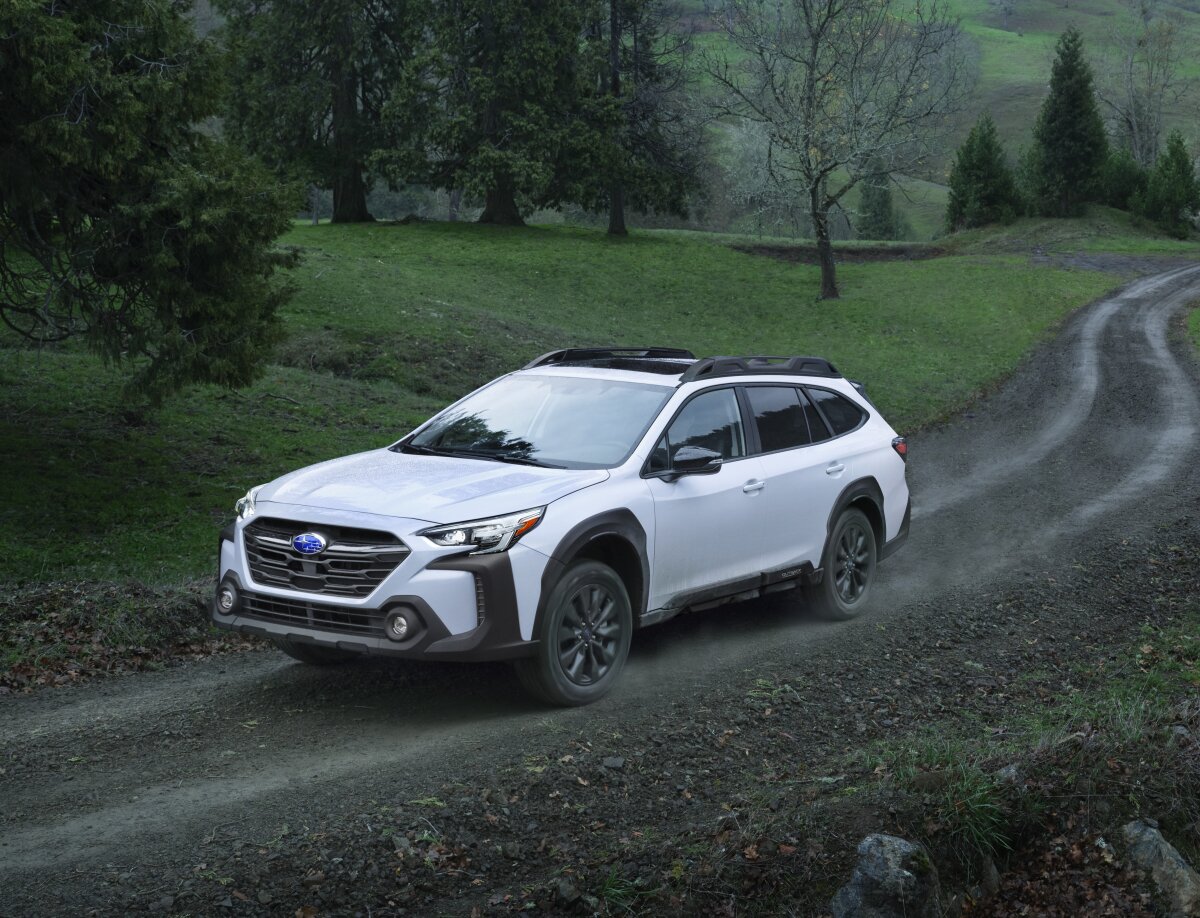
4. Subaru Outback (2022)
The 2022 Subaru Outback has long been a favorite among those with active lifestyles, and its interior is clearly designed with real-world functionality in mind.
Nowhere is that more evident than in its center console, which is a blend of durability, intuitiveness, and rugged practicality. Subaru didn’t try to reinvent the wheel here—instead, they refined it to suit the needs of hikers, campers, dog owners, and weekend warriors who demand a cabin that works just as hard as they do.
The main storage compartment is both wide and deep, allowing drivers to stash all sorts of gear—be it maps, reusable water bottles, or emergency supplies.
The lid itself doubles as a comfortable, well-cushioned armrest, giving you long-haul support without compromising durability. Subaru has included a removable tray insert for better organization, which proves useful for separating loose items like lip balm, coins, or cables.
On either side of the gear shifter, Subaru places tactile controls and rubberized surfaces that are easy to grip, even while wearing gloves. This is a small but meaningful detail for those using their Outback in colder climates or off-road settings.
Adjacent cup holders are generously sized, with enough spacing to hold two large bottles without interference. It’s a layout designed not just for looks, but for ease of access during bumpy rides and long drives.
In addition to thoughtful placement, the materials used in the center console are geared toward longevity. Textured plastics and soft padding resist wear from daily use, and spills are easy to clean thanks to the sealed design of the storage areas.
Even if you frequently track dirt or sand into your car, the console is built to handle it without staining, tearing, or rattling over time.
The entire interior feels like it was built by people who actually use their cars for adventure, and the center console is the beating heart of that philosophy.
It’s durable, adaptable, and easy to maintain—three traits that any outdoor enthusiast or daily commuter can appreciate. Subaru didn’t chase trends here; they focused on utility and executed it brilliantly.
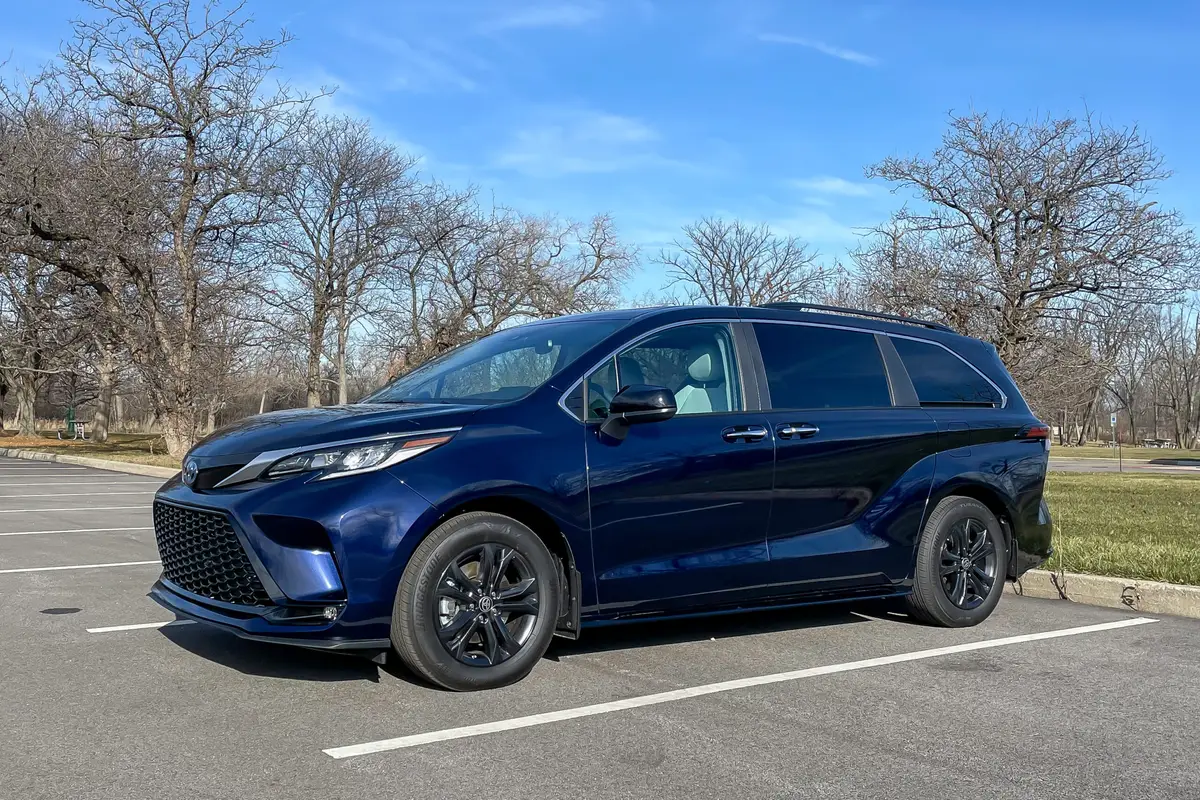
5. Toyota Sienna (2023)
Minivans often get overlooked when it comes to clever interior design, but the 2023 Toyota Sienna flips that narrative on its head. With its bridge-style center console—a raised console that extends from the dashboard and floats over a secondary storage shelf—Toyota delivers a solution that’s not just functional but innovative.
It’s a design that acknowledges the real-world needs of families, busy parents, and carpool coordinators, offering space, access, and organization in one cohesive unit.
The upper level of the console features all the usual suspects: dual cup holders, a wireless charging pad, and a covered compartment for keys and wallets. But it’s the lower “pass-through” section beneath the bridge that truly stands out.
This open storage space is ideal for larger items like handbags, tissue boxes, tablets, or even a small diaper bag. It’s accessible to both front passengers without requiring anyone to contort or reach awkwardly, a major plus during chaotic morning school runs.
Another highlight is how the Sienna integrates charging and connectivity options. USB ports and power outlets are thoughtfully distributed so that devices can be charged and stowed simultaneously.
There’s also a sliding tray inside the main compartment to keep small items from getting buried. Even the cup holders are placed in a way that ensures drinks are easy to reach but don’t interfere with gear shifting or media controls.
The build quality here is also worth noting. Everything feels soft yet firm, able to withstand the abuse of family life without degrading quickly. Toyota’s use of textured plastics, reinforced seams, and intuitive seams shows a clear focus on longevity. Even small touches like the anti-slip rubber liners in the storage bins contribute to the sense that this is a cabin designed to endure years of heavy use.
Ultimately, the Sienna’s center console demonstrates that functionality and creativity aren’t mutually exclusive. By layering space vertically and prioritizing both front-seat access and rear-passenger support, Toyota has crafted a console that is as dynamic as the people who use it. It’s not just for storage—it’s a family survival station on wheels, and one of the most useful console designs in any class.
5 Cars With Cluttered Center Consoles
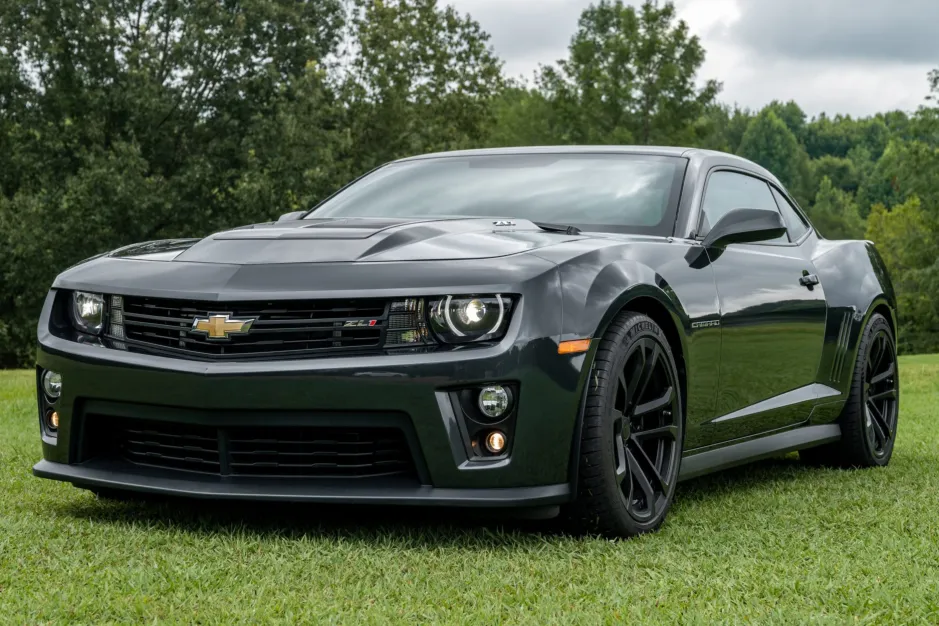
1. Chevrolet Camaro (2021)
The Chevrolet Camaro is a car built to thrill with its aggressive styling and potent performance, but its center console design starkly contrasts that excitement. It suffers from a cramped layout that feels outdated and ergonomically challenged, especially in a segment where comfort and user experience are increasingly prioritized.
The moment you sit in the driver’s seat, you’re struck by how narrow and confined the center area feels. The low seating position only exacerbates this problem, forcing drivers to twist or contort to reach various console elements.
The most glaring issue is the poorly placed cup holders. Located directly behind the shifter and close to the driver’s right elbow, they create an awkward and uncomfortable scenario during gear changes or when resting your arm.
You’re constantly bumping into drinks, and even mid-sized cups can feel intrusive. This might seem minor on paper, but in practice, it disrupts the rhythm of driving, particularly in a sports car meant to be engaging and responsive.
Storage options within the center console are minimal at best. The armrest compartment is shallow and narrow, barely wide enough to fit a standard smartphone, let alone a wallet or other daily essentials.
There’s no smart tray system or flexible space, and small items like coins or cables quickly turn into clutter. Without any thoughtful segmentation, it all becomes one messy, limited-use area. For a modern car, it feels like a missed opportunity to enhance day-to-day usability.
To make matters worse, the climate controls and infotainment knobs are awkwardly positioned lower on the dashboard and slope backward toward the console.
This forces the driver to divert attention from the road and bend down to make adjustments, which can be both frustrating and dangerous. The angled air vents beside them are also unusually large and oddly positioned, adding to the visual busyness around the center console area without providing a significant practical benefit.
Ultimately, the Camaro’s center console feels like an afterthought in a car that otherwise sells itself on passion and presence. While it might appeal to purists who prioritize performance above all else, the day-to-day experience of navigating the console’s tight spaces, impractical storage, and poorly placed elements makes it a weak point in an otherwise thrilling vehicle. It’s a reminder that form should always follow function, especially in high-performance machines.
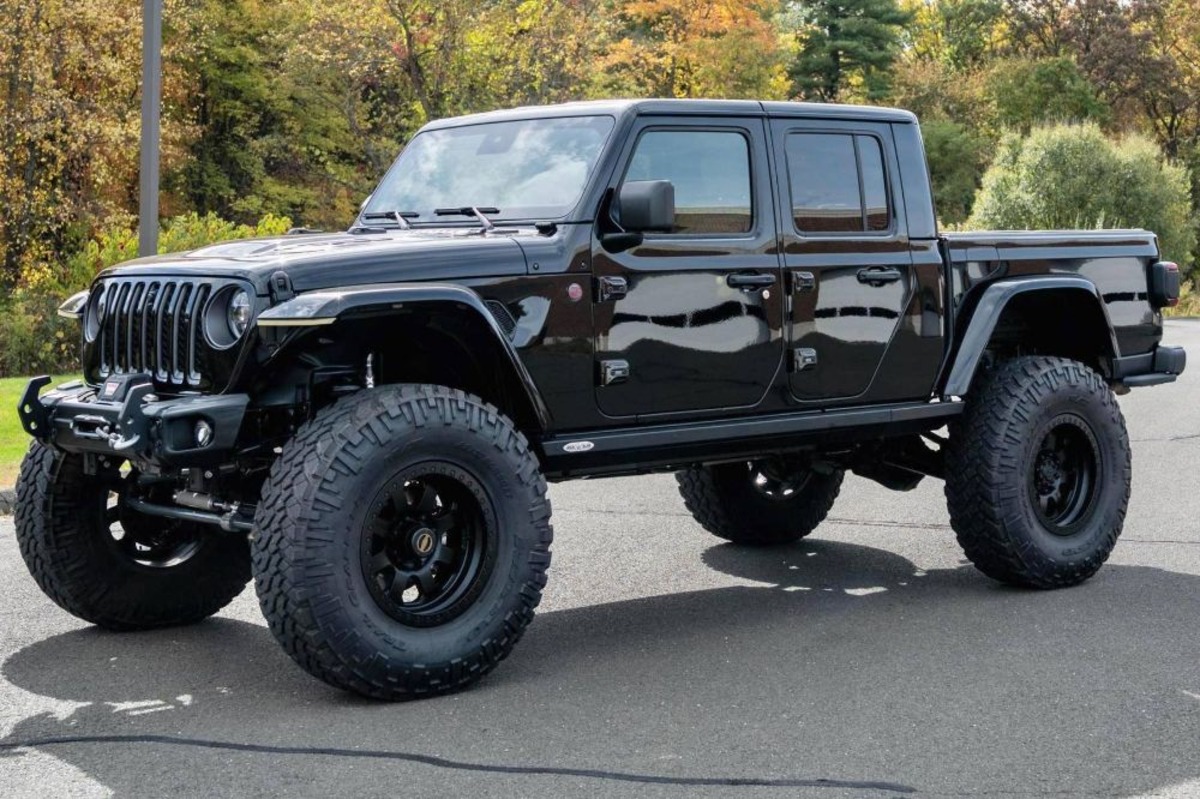
2. Jeep Wrangler (2022)
The 2022 Jeep Wrangler carries an iconic design that evokes off-road freedom and utilitarian ruggedness. However, while the exterior remains true to its heritage, the interior, particularly the center console, can feel confusing and underdeveloped.
It’s one thing to lean into a retro style, but quite another to sacrifice functionality in the name of nostalgia. The Wrangler’s center console is an example of a vehicle that sticks too closely to its roots at the expense of modern practicality.
One of the first problems is the overcrowding of controls in a very limited space. The Wrangler features two gear levers—one for standard driving and another for four-wheel-drive selection—along with climate controls, window switches (awkwardly placed in the middle of the dash), and a cluster of buttons below the infotainment screen. All of this is concentrated into a compact vertical layout that feels more chaotic than clever. For new drivers or casual users, it creates a steep learning curve.
Storage space in the center console is equally underwhelming. The armrest compartment is narrow and shallow, barely capable of holding everyday items. There’s no multi-tier tray or customizable organizer, just a basic box with a lid.
Given that this is a vehicle often used for long road trips and gear-heavy activities, this limited space quickly fills up and becomes impractical. The cup holders are decently sized but feel like they’re squeezed into the layout without a clear purpose or ergonomic consideration.
Material quality also plays a role in the console’s shortcomings. The hard plastics, while durable, feel harsh and outdated. They lack the tactile refinement expected in modern vehicles, even rugged ones. Additionally, surfaces can be difficult to clean, which becomes a significant annoyance in a vehicle that’s built for outdoor adventures. Mud, sand, and debris easily settle into corners that are hard to reach, and the layout does little to accommodate cleaning or quick reorganization.
While Jeep fans may argue that this raw and rugged feel is part of the Wrangler’s charm, that defense only goes so far. Functional interior design should enhance a vehicle’s versatility, not hinder it. In this case, the Wrangler’s center console feels like a holdover from a bygone era—clunky, cluttered, and resistant to progress. For a vehicle celebrated for its freedom, the interior ironically makes users feel a little boxed in.
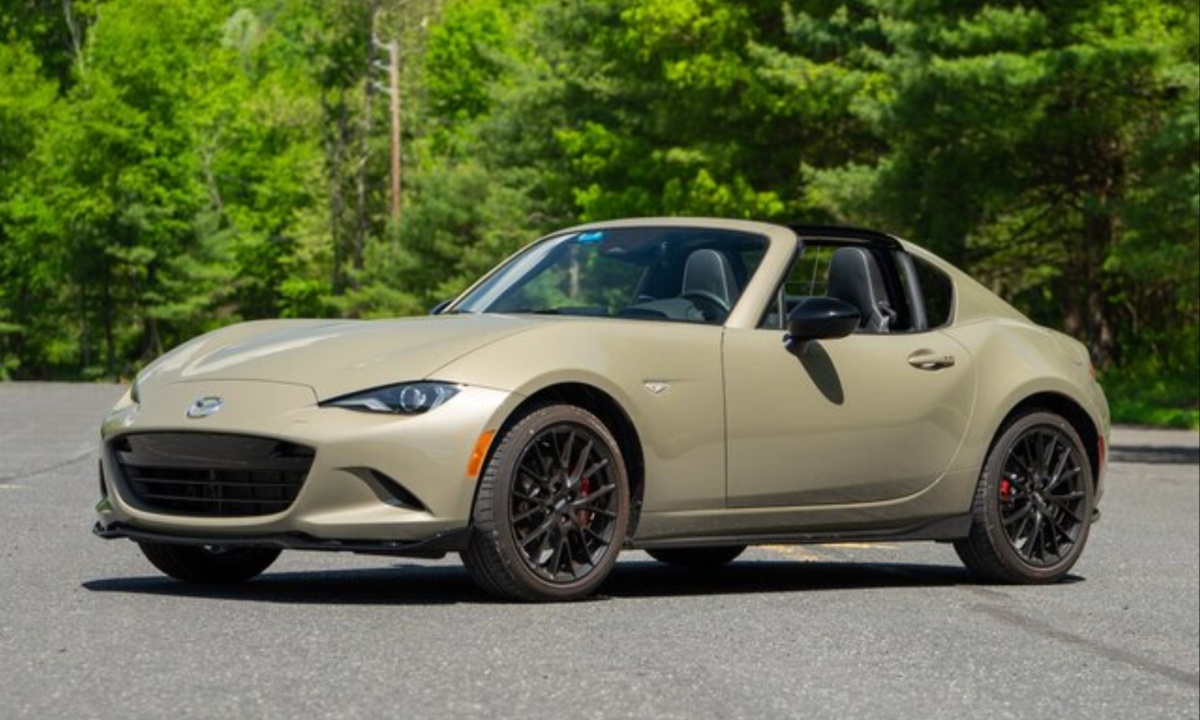
3. Mazda MX-5 Miata (2023)
Few cars deliver as much pure driving joy as the Mazda MX-5 Miata. It’s compact, lightweight, and delightfully nimble. However, these virtues come with a trade-off: interior space is extremely limited, and nowhere is that more apparent than in the center console. In trying to preserve the Miata’s minimal footprint, Mazda has unfortunately compromised practicality in ways that can frustrate even the most enthusiastic drivers.
The center console in the 2023 Miata is one of the smallest on the market, and while minimalism is part of the car’s DNA, the implementation here leaves much to be desired. Storage options are practically non-existent.
There’s a small, awkward compartment between the seats, but it’s so shallow and narrow that it can barely hold a pair of sunglasses or a phone. There’s no front bin for miscellaneous items, no wireless charging pad, and no real organization system—just a tiny cavity in an already tight cabin.
Perhaps the most polarizing design choice is the removable cup holders. Rather than being integrated into the console layout, they clip into the back or sides of the area behind the shifter, often placing them in the driver’s elbow path. This makes them more of an obstacle than a convenience, and many owners end up removing them altogether. They rattle, feel flimsy, and break the otherwise sleek lines of the interior. It’s hard to believe this was the best solution Mazda could offer.
The infotainment controls also eat into the limited space. The rotary dial for the screen is positioned behind the gear shifter and surrounded by buttons that feel like they’re competing for real estate. Using these controls while driving takes effort and attention, two things that should remain focused on the road. It’s a shame, because everything else about the Miata encourages a connection between driver and machine, but the center console works against that flow.
Mazda clearly prioritized weight savings and cockpit-style minimalism with the Miata’s interior, but the lack of practical thought in the console area drags down the usability of an otherwise brilliant car. For daily drivers or anyone needing even basic storage space, the Miata demands major sacrifices. It’s an example of function taking a back seat to form, even in a car that gets so much else right.
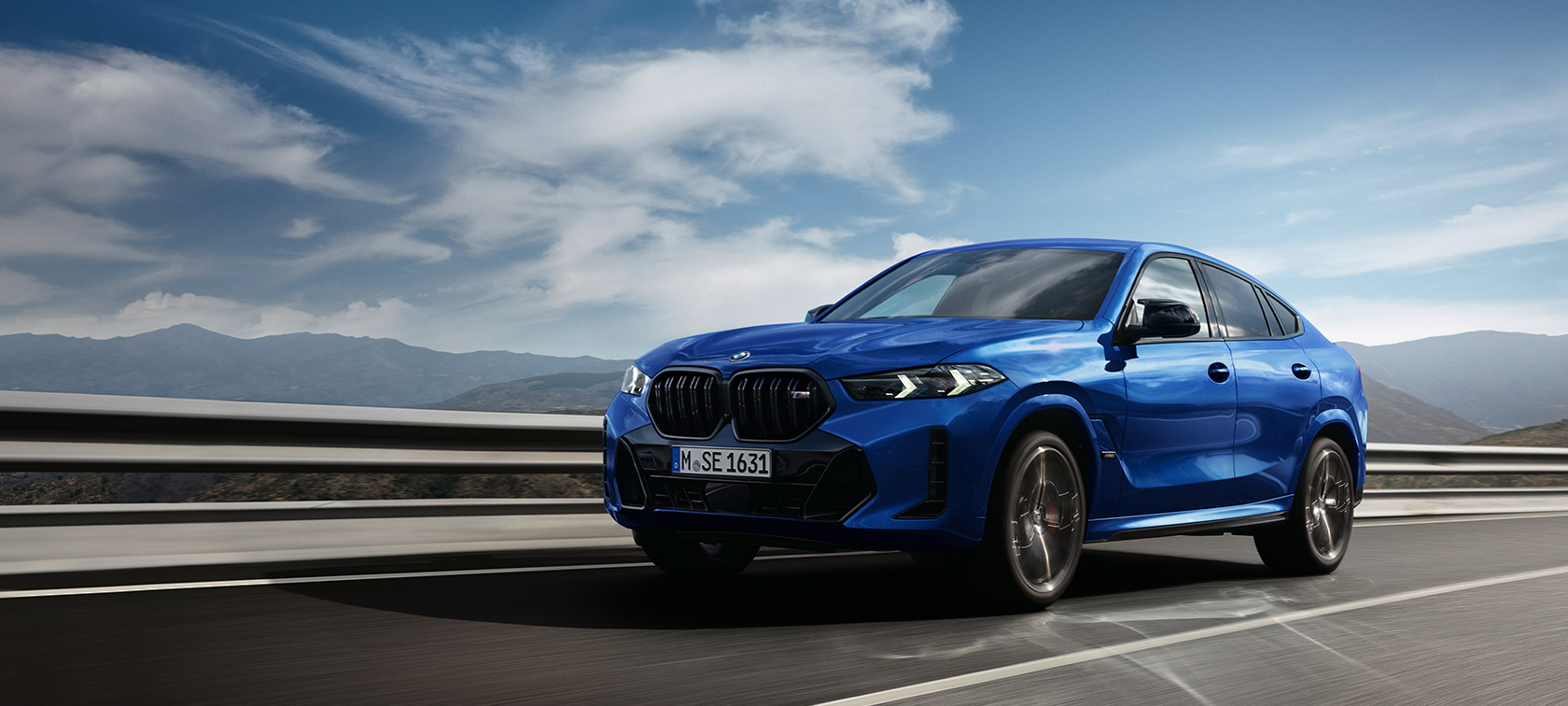
4. BMW X6 (2021)
The BMW X6 is a luxury SUV that strives to combine sporty aesthetics with high-end comfort, but its center console falls into a trap that plagues many premium vehicles: overdesign. Rather than focusing on usability and ergonomics, BMW appears to have prioritized style and tech-centric visuals, often to the detriment of actual functionality. As a result, the X6’s console can feel more like a showroom piece than a practical interface for daily driving.
One of the first things you’ll notice is the overuse of glossy black materials and metallic finishes. These surfaces, while visually striking, are notorious for collecting fingerprints, smudges, and dust.
After just a few drives, the console can look messy and worn unless constantly cleaned. This aesthetic-first approach fails to consider the real-world demands of families, commuters, or anyone who frequently interacts with their vehicle.
The layout itself is visually busy. There are touch-sensitive buttons surrounding the gear shifter, a crystal-like iDrive controller, and multiple layered sections that appear segmented but don’t offer distinct or useful storage options. While each element might impress at a glance, the total effect is cluttered and confusing. Finding the right button often takes a moment of visual searching, which can be distracting and unsafe when driving.
Storage is another letdown. The armrest compartment is oddly shaped and shallow, making it difficult to store larger items. The cup holders are average at best, and there’s no modular tray system or customizable storage layout. For a vehicle at this price point, these omissions are surprising. You’d expect clever, multi-use compartments or hidden storage solutions, but instead, the console feels like a puzzle of form-over-function priorities.
In a car that markets itself as performance-luxury, the center console should strike a balance between comfort and usability. Unfortunately, the X6 veers too far into aesthetic indulgence.
While it may dazzle in press photos or impress passengers at first glance, the experience of actually using it every day is far less satisfying. It’s a classic case of overcomplication, where visual ambition has outpaced practical execution.
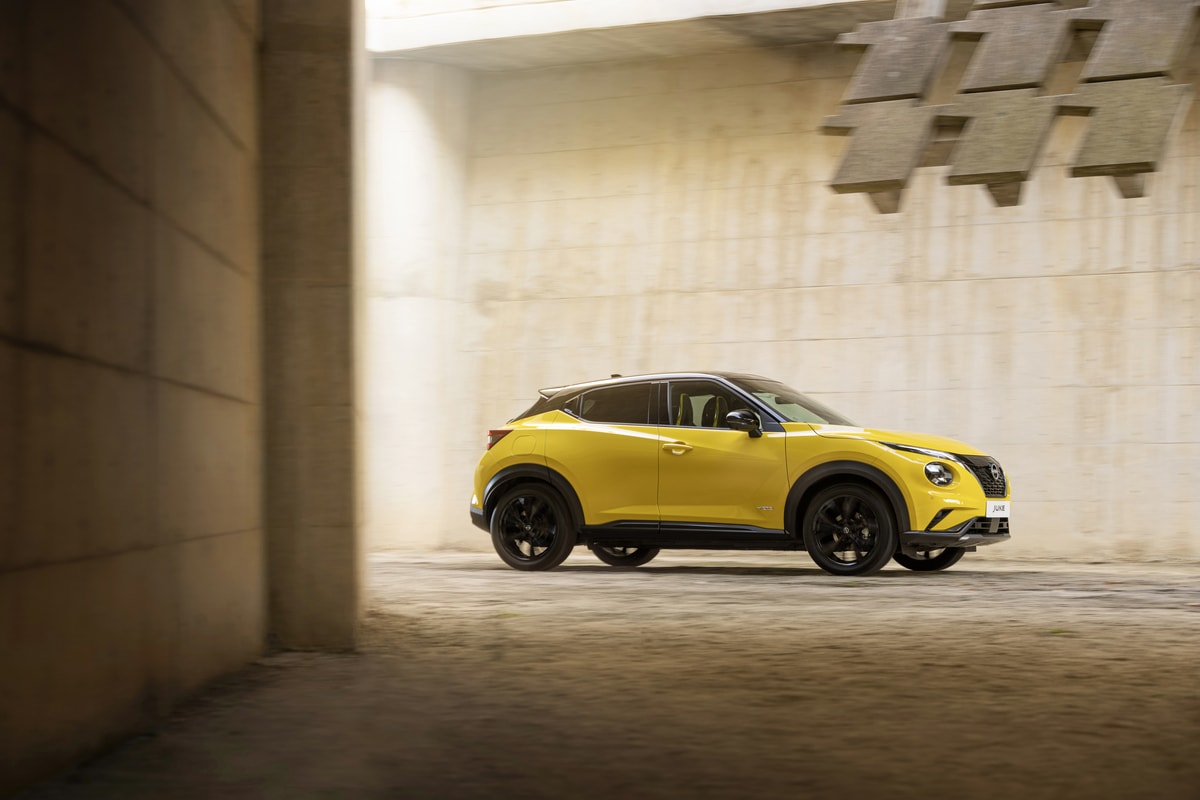
5. Nissan Juke (2020)
The Nissan Juke is no stranger to controversy when it comes to design. From its polarizing exterior to its unorthodox interior, it’s a vehicle that tries hard to be different. However, this pursuit of uniqueness undermines the center console’s usability in significant ways. The console design, intended to resemble a motorcycle gas tank, might look cool to some, but its functionality is sorely lacking in day-to-day use.
The main issue is the shape and positioning of the center console itself. It is oddly contoured, with large, bulky curves that take up valuable space, making the cabin feel more cramped than it should be. The gear shifter and surrounding controls are clustered together in a way that forces the driver to twist their arm uncomfortably to access them.
Additionally, the design results in a lack of intuitive flow between different sections of the dashboard and console, which can make it difficult to quickly and easily find what you need while driving. What should be a straightforward, ergonomic area becomes a source of frustration when trying to navigate the vehicle’s functions.
Furthermore, the storage capacity in the Juke’s center console is a significant problem. There’s a small, shallow compartment under the armrest, but it’s not deep enough to hold much beyond a few coins, a key fob, or a slim phone. The lack of dividers or any sort of modular storage system means that everything ends up jumbled together in a mess.
This doesn’t work well for people who need to store multiple items, especially when traveling with more than just the basics. The cup holders, located next to the gear lever, are also poorly positioned. They’re too small and close to other controls, making them feel intrusive, especially when trying to use the handbrake or shift gears. These tight quarters contribute to a cluttered, frustrating experience inside the cabin.
On top of this, the material choice doesn’t help the console’s case. Nissan opted for a combination of hard plastics and a few soft-touch materials that don’t feel premium or sophisticated. The textured finishes might be durable, but they lack the refinement expected from a modern vehicle.
These materials easily collect fingerprints, dust, and dirt, which quickly give the interior an untidy appearance. The awkward combination of shapes, materials, and crowded controls makes the Juke’s center console feel more like an afterthought rather than a carefully designed functional space.
Despite these flaws, Nissan continues to push the Juke as a distinctive and bold vehicle with a quirky personality. While its daring look may attract those who want something different, the interior console is a constant reminder of how focusing too much on unique design at the expense of practicality can lead to frustrations. For drivers looking for a smooth, intuitive experience, the Juke’s center console may be more of a headache than an asset.
Ultimately, the Nissan Juke’s center console design doesn’t manage to live up to the quirky appeal of the car itself. While it may be visually interesting, it’s far from practical, offering more clutter than convenience. This is a clear example of how trying to innovate without balancing form with function can leave drivers scrambling for a solution to everyday driving needs.
Also Read: 8 Cars With Rear Center Armrests That Have Real Storage
Tter console, often regarded as the nerve center of a vehicle’s interior, is a key element in shaping a car’s usability and driving experience. From storing essentials to offering access to vital controls, this central compartment influences how drivers and passengers interact with their vehicles.
However, the evolution of center consoles has been marked by a delicate balance between providing ample storage, technological integration, and maintaining an intuitive, user-friendly design. While some manufacturers have succeeded in creating functional, clutter-free center consoles, others have fallen short by overloading the space with unnecessary features or awkward layouts.
As we’ve seen with the vehicles discussed, the center console can either be a masterstroke of design that enhances functionality and convenience or an overwhelming mess of buttons, compartments, and gadgets that detract from the driving experience.
In cars like the Honda CR-V or Ford F-150, the center console seamlessly integrates advanced technology with thoughtful, well-organized storage, creating an interior that feels clean, intuitive, and conducive to daily use. These vehicles understand that a functional center console is not just about cramming in the latest tech but about thoughtful design that improves the driver’s interaction with the car and ensures comfort during long drives or daily commutes.
In contrast, models like the Chevrolet Camaro and Jeep Wrangler illustrate how excessive design elements or poor placement of controls can result in cluttered, difficult-to-navigate consoles. These vehicles, while impressive in other areas, show how a disorganized or overly complicated center console can detract from the driving experience, leading to frustration and discomfort for both the driver and passengers.
The cramped and convoluted consoles in these cars emphasize the importance of simplicity, clarity, and intuitive design in vehicle interiors.
The future of center console design will likely continue to evolve as technology advances and consumer expectations shift. With the rise of electric vehicles and autonomous driving technology, center consoles could become even more central to the vehicle’s user experience.
However, manufacturers must remain mindful of the delicate balance between innovation and practicality. While it’s tempting to incorporate every possible feature, the core focus should always be on improving usability and making driving safer, more comfortable, and more enjoyable.
Ultimately, the best center consoles are those that enhance the vehicle’s functionality without overcomplicating the design. They should provide easy access to key features, offer ample and organized storage space, and complement the vehicle’s aesthetic.
For drivers and passengers alike, a well-designed center console is more than just a convenience—it’s an essential part of the driving experience that impacts comfort, safety, and satisfaction. As the automotive industry continues to innovate, the challenge will be to find ways to integrate technology without sacrificing the practical aspects that make a car truly functional.

